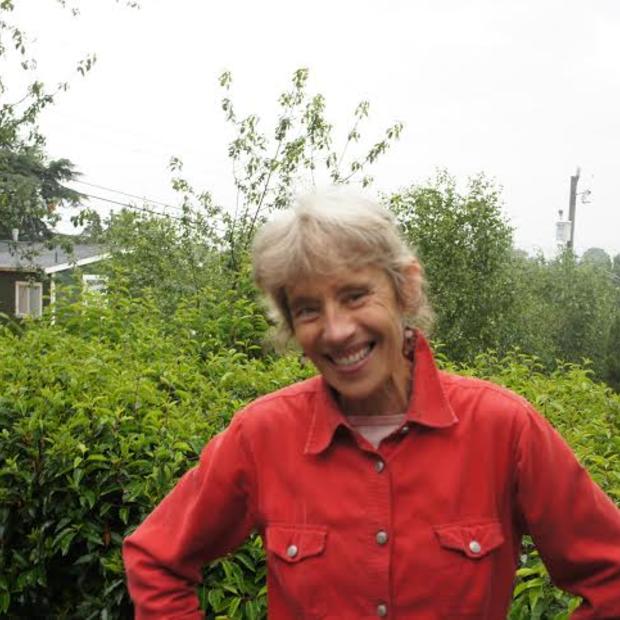The apparently insatiable appetite for new residential construction in and around Seattle provokes some environmental questions about the construction itself. So, we were curious: How much of the building boom is green? How deep a green is it? Is there a difference in market-rate and non-profit affordable housing? Does enhanced design and energy efficient building methods lead to measurable carbon reduction?
Three neighborhoods and a dozen interviews later, we found some answers, a broader definition of “sustainability” and a wide range of opinions. Part one in the series takes a look at market-rate housing; and part two at affordable, non-profit built housing.
First stop, the Northwest Ecobuilding Guild. At a “green building slam” for architects and ecobuilders to showcase their finest designs, net zero energy homes, high performing town houses, and sustainable make-overs were the buzz from Puget Sound to Yakima. Environmentally certified homes in King County represent an estimated 30 to 35 percent of the market. In Seattle, it's as high as 45 percent, according to Green Works Realty's Ben Kaufman, the man behind environmental certification check boxes in the Northwest Multiple Listing service.
View Haus 5, a quintuplet of townhouses nestled in a 40 by 120 foot lot currently on the market in Seattle's Madison Valley, was recognized by Northwest Ecobuilding Guild for “pushing the envelope” with a lower carbon footprint, thermal comfort and a capacity for cheaper, cleaner energy bills.

Builder Sloan Ritchie with Cascade Built says a glut of low-quality construction is what pushed him to start building durable homes that save energy and are also healthy to live in. View Haus 5 is Seattle's first Passive House constructed town home project, which means in part that it relies on tight, highly insulated construction to take advantage of solar gain. The concept of a passive house is, essentially, that it can be kept at a comfortable temperature with plenty of fresh air without use of a heating system. The walls of View Haus 5 are more than a foot thick. The same is true of the deep, dense “pack blown in insulation” under the roof, which has an additional 2.5 inches of “rigid insulation” above that, says Ritchie.
As for the air-tight, tilt-turn windows that open inward, they're imported from overseas, Poland and Lithuania. “They make the high performance glass we need to optimize solar gain,” says Ritchie. He'd love to get the windows in the United States, but American companies don't believe there's demand, he says, and as a result, don't manufacture them. The materials and attention to detail cost more, he concedes, but the home will perform for a long, long time. “When you realize the kinds of problems we face with energy and climate change and limited resources and population.” Ritchie says, "it's a problem that's not getting any better with low quality buildings.”
The Washington State Energy Code requires Air Barrier Testing to ensure a building's air tightness and enhance energy efficiency. The tighter the building, the less heated air leaks out in the winter, or cooled air in the summer. But Ritchie contends energy codes aren't stringent enough. Under the current code in Seattle for windows is point 35, meaning there's a potential heat loss of nearly two-thirds. Most builders, he says, barely scrape by with the minimum amount of cost and the minimum amount of insulation in the walls. Almost every project you see, he says, is built the same way. On top of that, he suggests, the city doesn't have nearly enough building code inspectors to keep up with the volume of construction. As a result, a lot of buildings could have work that hasn't been as carefully checked as it could be.
On a national scale consumers spend 1.2 trillion on energy to heat and cool buildings. Upwards of 86 percent of that is wasted because of poor construction, according to a 2013 study. Greenworks Realty's Kaufman, says state energy codes are far more stringent than 10 years ago, especially in the affordable housing market (that market is the subject of the second part of this series).


